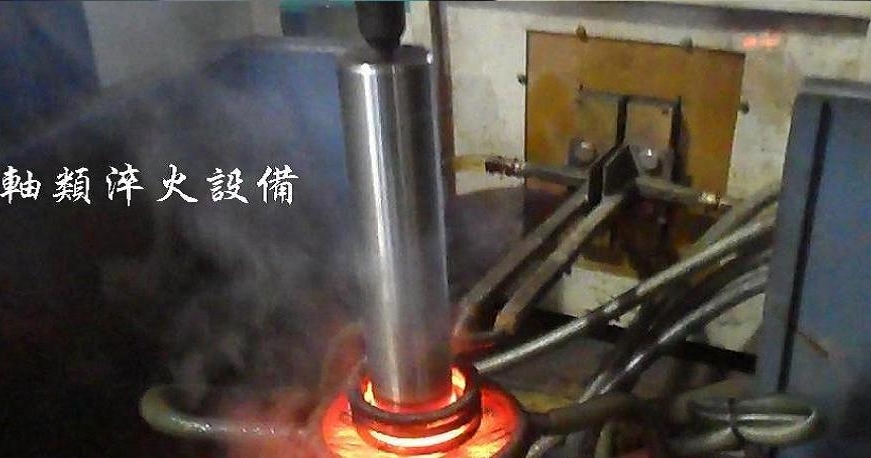- 03
- Oct
Wear resistance of carburizing and induction hardening specimens
Wear resistance of carburizing and induction hardening specimens
| වානේ ශ්රේණිය | තාප පිරියම් කිරීමේ ක්රියාවලිය | දැඩිකම
HV |
Wear/mg | |
| නියැදි | Bronze bearing | |||
| 18Cr2Ni4WA | Carburizing 1.5mm, 780%: quenching, tempering at 170℃ | 675 | 0.5 | 4.5 |
| 40CrNiMoA | 860T quenching, 550V tempering, induction quenching 1mm deep,
Tempering at 18O℃ |
748 | 4.5 | 4.0 |
| 10 | Carburizing 1.5mm, quenching at 780℃, tempering at 170℃ | 782 | 1.0 | 3.0 |
| 45 | 860Y quenching, 550℃ tempering
Induction hardened 1mm deep, tempered at 180℃ |
748 | 7.0 | 3. 8 |
The high wear resistance of carburized steel is due to the high carbon content of the surface layer. When the carbon steel w(C) is less than 0.43%, the carburized part has an advantage in wear resistance, and when w(C) When it is higher than 0.45%, the wear resistance of the induction hardened parts is improved. This is the conclusion that TH HACAHOBA has drawn based on the field test of the track pin. Therefore, the tractor track pin is replaced by a new induction hardening process of 50 steel. . The comparison of the wear resistance of different w(C) steels after induction quenching illustrates the influence of steel composition. The data in the table proves that T7 steel has the smallest amount of wear, and its carbon content and hardness are also the highest; 45 steel and 50Mn have similar wear resistance; 45Cr steel has a wear resistance between T7 steel and 50Mn steel, indicating that the steel is in Containing Ming can improve abrasion resistance.

